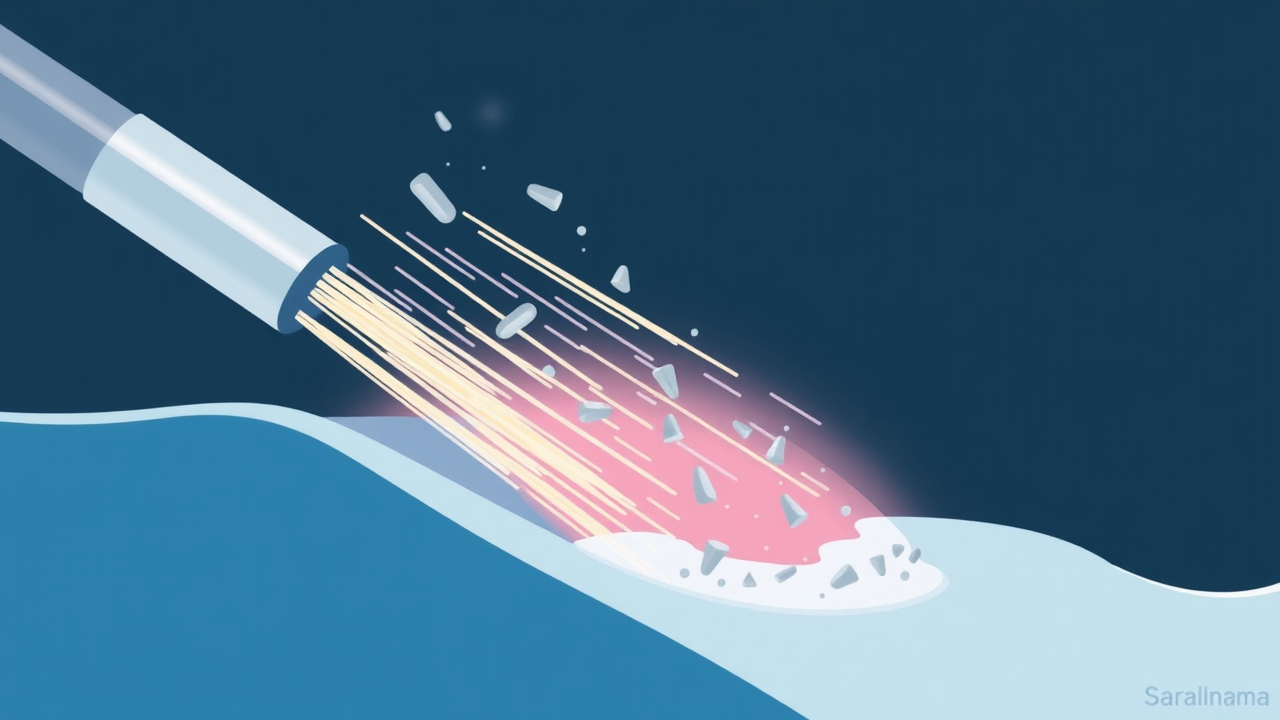Researchers at the Indian Institute of Technology Bombay have explained how Ultrasonic-Assisted Electrochemical Discharge Machining (UA-ECDM) improves precision when drilling tiny holes in brittle materials like glass and ceramics. These materials are widely used in smartphone screens, household items, and medical devices. Drilling micro holes, sometimes as thin as a human hair, requires high accuracy to prevent cracks. While earlier experiments showed UA-ECDM works well, the exact reason for its success was unknown. The new study by Anurag Shanu and Professor Pradeep Dixit reveals that ultrasonic vibrations help remove debris more efficiently during drilling. This keeps the electrolyte solution flowing properly, allowing deeper and cleaner holes. The technique is useful for creating precise features in non-conducting materials such as soda-lime glass, borosilicate glass, fused silica, polymer composites, and alumina. The findings can help manufacturers drill multiple deep holes simultaneously while reducing tool damage.

How Ultrasonic Vibrations Improve Debris Removal
Electrochemical discharge machining creates tiny electric sparks in a liquid solution to remove material from glass or ceramics. These sparks act like miniature lightning bolts that vaporise small portions of the material. However, as the hole becomes deeper, debris collects inside and blocks fresh electrolyte from flowing in. This reduces drilling efficiency. The IIT Bombay study demonstrates that adding ultrasonic vibrations solves this problem by pushing debris out of the hole. Professor Dixit, an Associate Professor in the Department of Mechanical Engineering, explained that earlier research only measured results like drilling depth but did not clarify the mechanism. By studying electrolyte flow and debris movement, the team showed how vibration amplitude boosts debris removal and improves overall performance.
Source: Link
